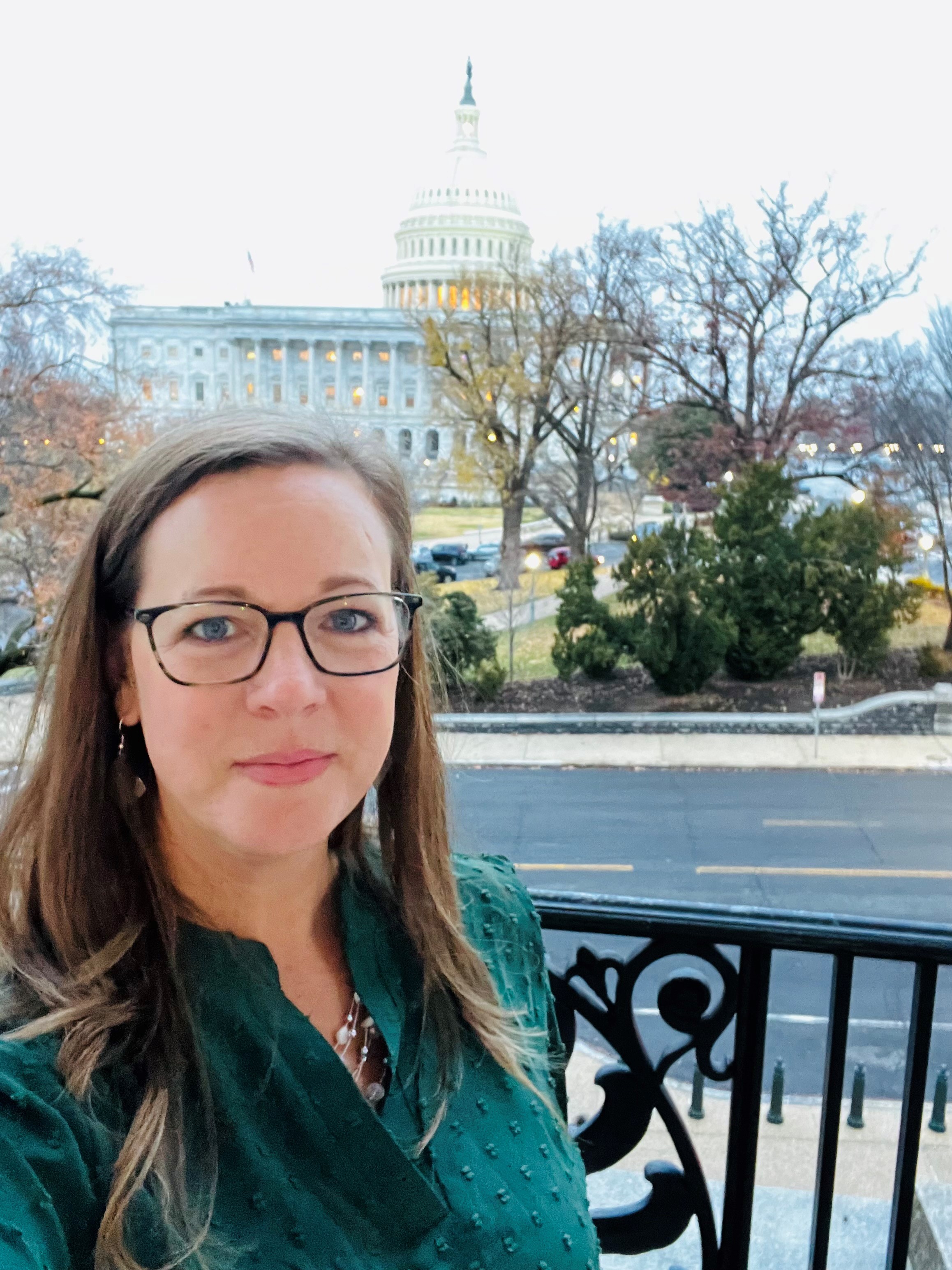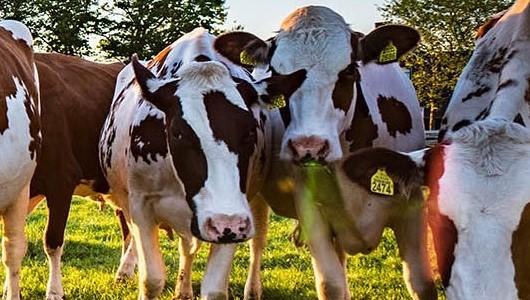The Emergency Forest Restoration Program (EFRP) provides technical and financial assistance to owners of nonindustrial private forestland whose forestland was damaged by a qualifying natural disaster event.
As an agricultural program specialist at USDA’s Farm Service Agency (FSA), I’ve had the chance to work with producers and FSA employees on how programs like EFRP can improve the profitability, efficiency, and resiliency of an agricultural operation.

EFRP can provide crucial assistance to producers after a natural disaster, but there are a few “myths” about the program that I want to dispel.
Myth: EFRP assists landowners with removal of a dead or damaged tree in their yard.
Fact: EFRP helps with the removal of dead or damaged trees as part of a reforestation project and must be on land that meets the definition of nonindustrial private forestland, is at least 120 feet wide, one acre in size, and at least 10% covered by live trees of any size. If the landowner’s yard does not meet these criteria, then the land is not eligible for EFRP. EFRP requires a landowner to incur at least $1,000 in forest restoration costs to be eligible for assistance. (Minimum restoration costs may be set at a higher level by the FSA State Committee). Finally, eligible forestland must have damage to natural resources caused by the natural disaster event that, if not treated, would impair natural resources on the land and materially affect the future use of the land. For example, damage to natural resources on nonindustrial private forestland could include trees that have died or were damaged by the natural disaster event and where it’s determined that removal and restoration is needed to restore forest health and future use of the land.
Myth: EFRP compensates forest landowners for timber revenue loss after a natural disaster.
Fact: EFRP does not provide compensation for timber revenue losses. EFRP makes financial assistance available to owners of nonindustrial private forestland to restore forest health and forest resources that have been damaged by a natural disaster. EFRP is a cost-share program that reimburses approved participants up to 75% of the eligible costs incurred by completing the approved restoration activities. Following the disaster event, a local forester determines what restoration activities are necessary. (For EFRP, forests owned or controlled by the U.S. government, state governments or political subdivisions of a state are not eligible.)
Myth: EFRP provides grant money to applicants at the time of approval for forest management.
Fact: EFRP is not a grant program to assist with forest management. EFRP provides cost-share assistance only for approved forest restoration activities that are necessitated by a qualifying natural disaster. Cost-share reimbursement is issued to the participating forest landowner who incurred restoration costs after the approved restoration activity is complete and verified by a local forester.
Myth: I have to replant the same tree species that were damaged and destroyed by the natural disaster.
Fact: EFRP applicants will receive on-site technical assistance from a local forester, and the forester will develop a restoration plan based on the restoration activities needed to restore forest health and natural resources on the land. As the technical expert, the forester will use their best professional judgment to recommend the site-appropriate re-establishment techniques and species and will consider the landowner’s goals in the development of that plan. At the discretion of the forester, and in accordance with the restoration plan, the landowner may have the option to re-establish a variety of tree species either through planting or natural regeneration.
Myth: I can complete forest restoration after a natural disaster and later request EFRP assistance to receive cost-share.
Fact: Owners of nonindustrial private forestland whose forestland has been damaged by a natural disaster should contact their local FSA County Office to inquire about applying for EFRP as soon as possible after the natural disaster occurs. FSA and its partners (such as the U.S. Forest Service or state forestry agencies) will need to perform an on-site inspection to document damage, identify needed restoration activities, and develop a restoration plan. Any restoration activities done before a producer applies for the program may not be reimbursed, unless:
- The natural disaster created a situation that required immediate emergency action to prevent further losses.
- A waiver is requested by the applicant and approved by FSA.
- An EFRP application is submitted within a reasonable amount of time after the start of the enrollment period.
If you are interested in EFRP, contact the FSA at your local USDA Service Center, and they can assist with your needs.
Emily Horsley is an agricultural program specialist with FSA.


